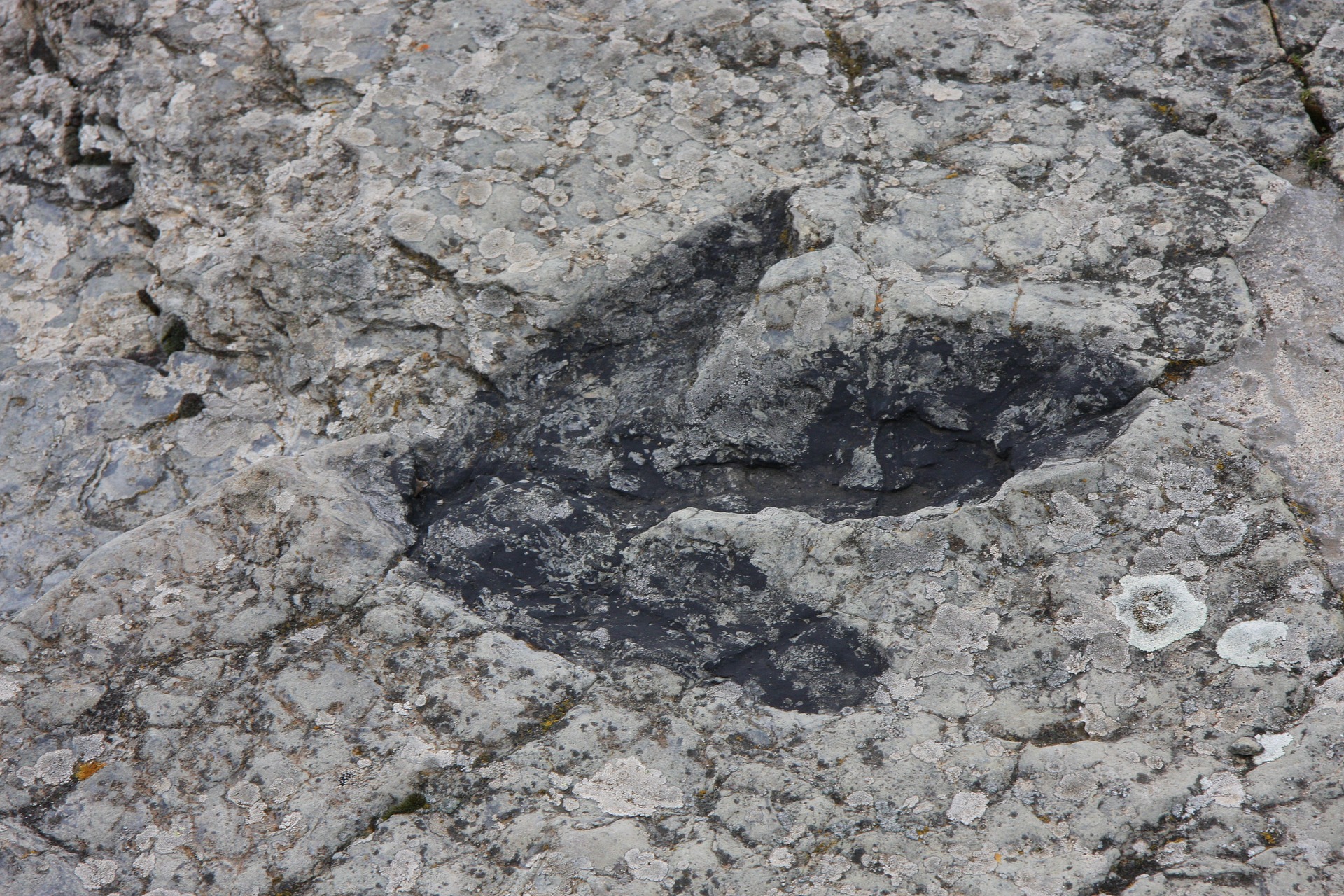Media release
From:
New predatory diving dinosaur species identified
A new species of non-avian dinosaur with a streamlined body similar to those of modern diving birds, such as penguins and auks, is described in a study published in Communications Biology. The findings represent the first case of a non-avian theropod — a type of carnivorous dinosaur that walked on two legs — to have a streamlined body.
Yuong-Nam Lee and colleagues identified the new species by examining the fossilised remains of a specimen from the Omnogovi Province, Mongolia. They have named the species Natovenator polydontus, meaning “swimming hunter with many teeth”. The specimen is a mostly complete skeleton and features the skull, spinal column, one forelimb, and the remains of two hindlimbs.
The authors report several adaptations that suggest that Natovenator may have been a semiaquatic diving predator, including a streamlined body similar to those of modern diving birds — with ribs that point towards its tail — and a long neck similar to modern water birds such as geese. These adaptions may have reduced the drag that Natovenator would have been subjected to when swimming and helped it to catch prey. The authors also speculate that the unusually high number of teeth that Natovenator had in relation to the size of its jaw could indicate that it ate a fish or insect-based diet, however further evidence — such as the fossilised remains of its stomach contents — is needed to confirm this.
Analysis of the evolutionary relationships between Natovenator and other theropod dinosaurs indicate that it was closely related to halszkaraptorines — a group of non-avian theropods that previous research has suggested may have been adapted for a semiaquatic lifestyle, similar to modern day waterfowl. Together, the findings indicate that Natovenator was a semi-aquatic diving predator and provide further insight into theropod evolution.
A new species of non-avian dinosaur with a streamlined body similar to those of modern diving birds, such as penguins and auks, is described in a study published in Communications Biology. The findings represent the first case of a non-avian theropod — a type of carnivorous dinosaur that walked on two legs — to have a streamlined body.
Yuong-Nam Lee and colleagues identified the new species by examining the fossilised remains of a specimen from the Omnogovi Province, Mongolia. They have named the species Natovenator polydontus, meaning “swimming hunter with many teeth”. The specimen is a mostly complete skeleton and features the skull, spinal column, one forelimb, and the remains of two hindlimbs.
The authors report several adaptations that suggest that Natovenator may have been a semiaquatic diving predator, including a streamlined body similar to those of modern diving birds — with ribs that point towards its tail — and a long neck similar to modern water birds such as geese. These adaptions may have reduced the drag that Natovenator would have been subjected to when swimming and helped it to catch prey. The authors also speculate that the unusually high number of teeth that Natovenator had in relation to the size of its jaw could indicate that it ate a fish or insect-based diet, however further evidence — such as the fossilised remains of its stomach contents — is needed to confirm this.
Analysis of the evolutionary relationships between Natovenator and other theropod dinosaurs indicate that it was closely related to halszkaraptorines — a group of non-avian theropods that previous research has suggested may have been adapted for a semiaquatic lifestyle, similar to modern day waterfowl. Together, the findings indicate that Natovenator was a semi-aquatic diving predator and provide further insight into theropod evolution.



 International
International


